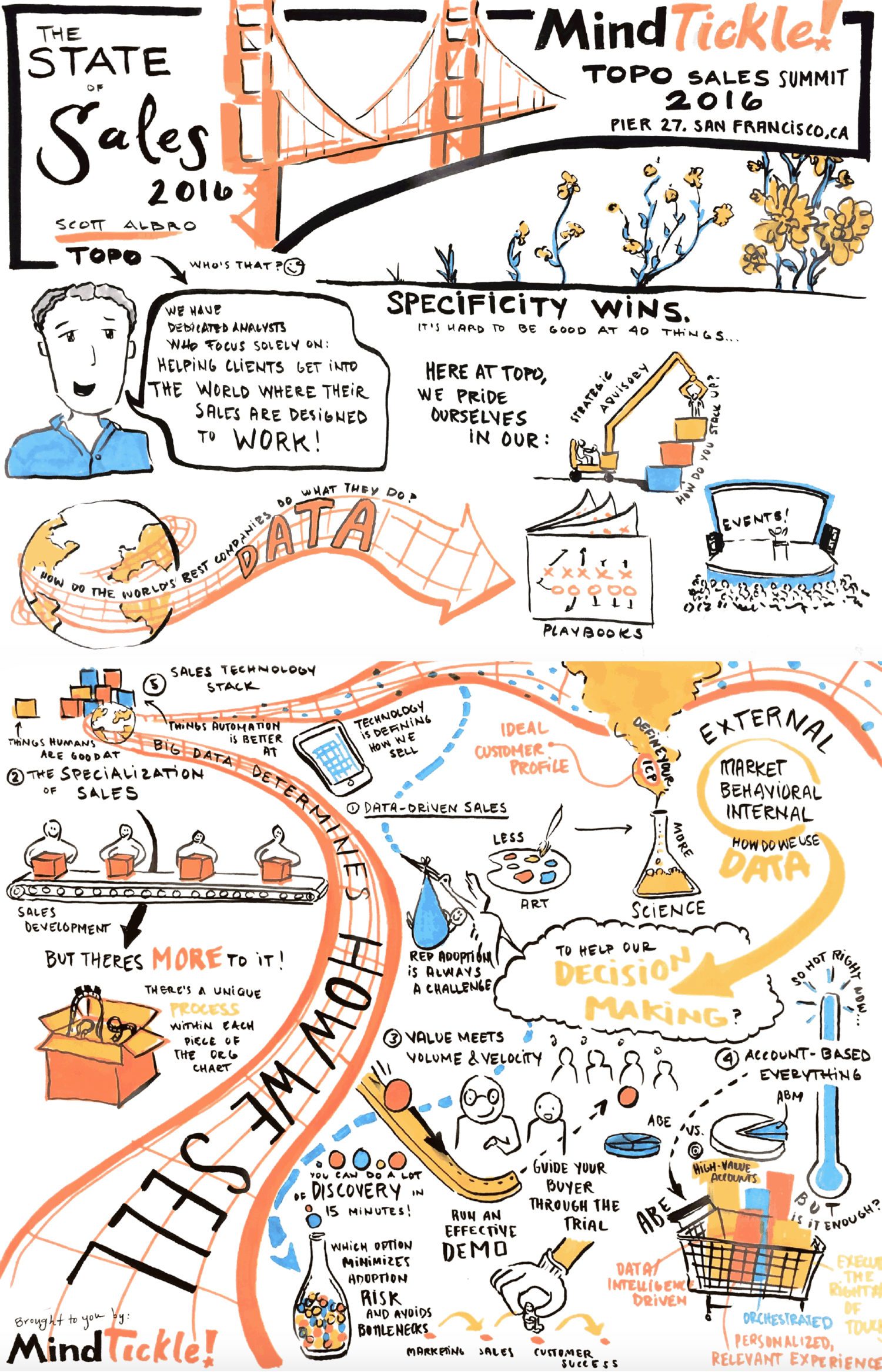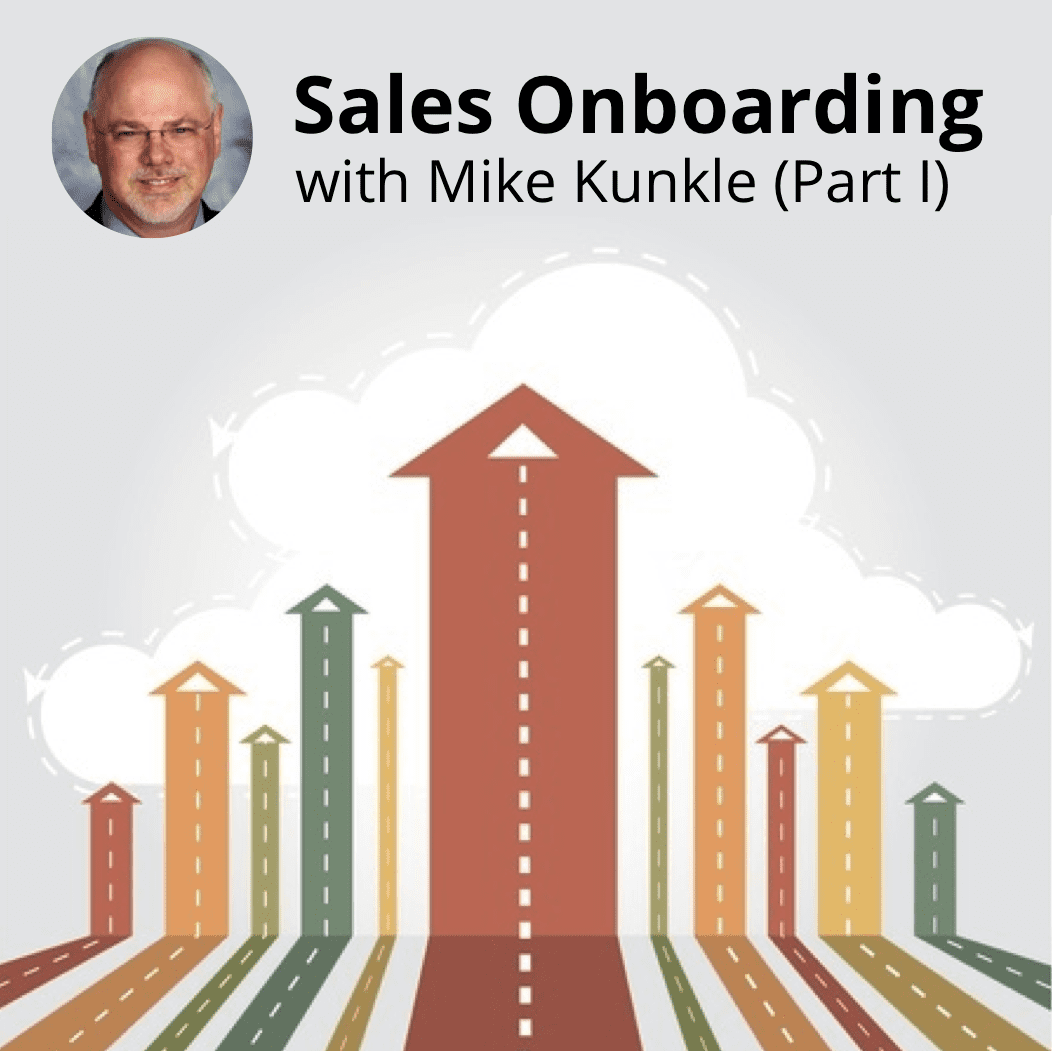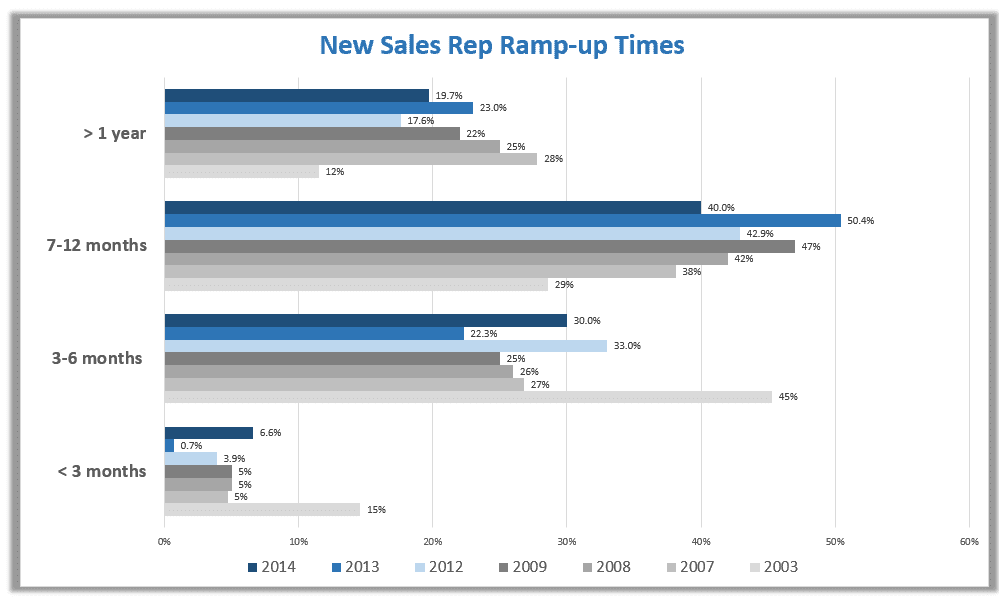TOPO and The State of Sales in 2016


Scott Albro, TOPO founder, and CEO, opened the summit with a great talk about the State of Sales in 2016. According to Scott, there are 5 key themes to pay attention to this year:
- Data-driven sales
- The specialization of Sales
- Value meets volume
- Account based everything
- The sales tech stack
What are Data-Driven Sales?
Scott discussed how data analysis is increasingly driving sales decisions; from correlating activities and pipeline metrics to better efforts at understanding all the data that is being collected to actually make sense out of it.
Part of the data-driven decision making in sales also has to do with the ICP or Ideal Customer Profile. Data drives the ICP which in turn drives decisions. For example:
- Data collected: internal, external, qualitative
- ICP: geo, industry, behavior
- Decisions: GTM, sales process, messaging, sales plays
Based on the data you collect you can create your Ideal Customer Profile, which in turn will influence your go-to-market strategy, your messaging and sales plays. Think about how you are doing this today at your company.
How is Sales Becoming Specialized?
The second topic Scott discussed was the specialization of sales. He painted a picture of two types of specializations that are now becoming more prominent in sales organizations:
- Task specialization
- Account assignment
Task specialization is the creation of groups to deal with specific tasks. By understanding that certain task groups are better done with a dedicated team, companies are forming SDR groups, Account Executive groups and Account Management groups, for example. Account assignment involves focusing of sales teams on accounts that match a certain profile, like their size or a specific vertical. More mature sales organizations are very good at applying specialization and account assignment to drive sales productivity.
The Need of Value Plays
A concerning item that was mentioned was the trend related to volume and velocity in sales, especially among fast growing startups in the Silicon Valley area. Scott listed several bad habits that are forming including:
- Limited discovery
- Demo roulette
- Hands off trial
- Fire and forget proposals
I myself have been the victim of more than one of these habits, which only erodes the sales person’s reputation and decreases the likelihood of closing an otherwise healthy opportunity. This is why the third item on the list from TOPO is the need to add VALUE to the volume and velocity game, which can be done by applying what Scott themed “Value Plays”. These include:
- Discovery to uncover pain
- Discovery driving demo;
- Guided trial process;
- Stakeholder workshops to get buy-in; and
- Proposal review meeting focusing on re-articulating value.
It is a good time for you to review how your sales team is executing on each step of the process and understand if they are playing a volume+velocity game or adding value to the equation as well. It’s never too late to fix things!
The Rise of Account Based Everything
Account Based Marketing (ABM) is so 2015, now we are talking about Account Based Everything (ABE)! According to Scott, 90% of TOPO’s client inquiries are about ABM. The problem with ABM is that it reaches only a small percentage of your target accounts unless you can have coordinated efforts between marketing, sales development, sales and customer success.
What this means is that the entire organization, (or at least the customer-facing departments), have to change to an account based mentality.
The attributes of ABE are:
- Target high-value accounts
- Data and intelligence-driven programs and campaigns
- Orchestration across marketing, sales, sales development and customer success
- Experiences that are valuable and personalized
- High effort and frequency of outreach that’s coordinated
So as a takeaway of this section, if ABM is part of your toolkit, it’s time to evaluate the results and determine how you can improve on them by coordinating with other teams, transforming it into an ABE program.
Evolution of Sales Technology
The fifth item in the mix is the Sales Tech Stack. When discussing the latest technologies available for sales teams it is clear that the best performing organizations are now looking at it not just from a ‘how we use technology’ point of view, but also from a ‘how we can leverage technology to sell’ mentality.
The new ‘tech stack’ for sales is aimed at improving the sales process, but there has been a mass proliferation of tools making it difficult to judge which are the best for your company. Another issue is sales rep adoption, which is still the number one challenge among companies that want to adopt new technologies.
Sales technology has evolved from simply recording what is happening, to automating sales activities, to finally being able to enhance human sales skills. The three questions you should ask yourself before adopting a new sales technology are:
- What technology can I adopt that will have the biggest impact on revenue growth?
- Where will the technology be more successful?
- What benefit will it deliver?
Sounds simple, but not everyone does it.
Summary of The State of Sales in 2016
For a great visual summary of the TOPO Sales Summit keynote presented by Scott Albro, check out the infographic below.









